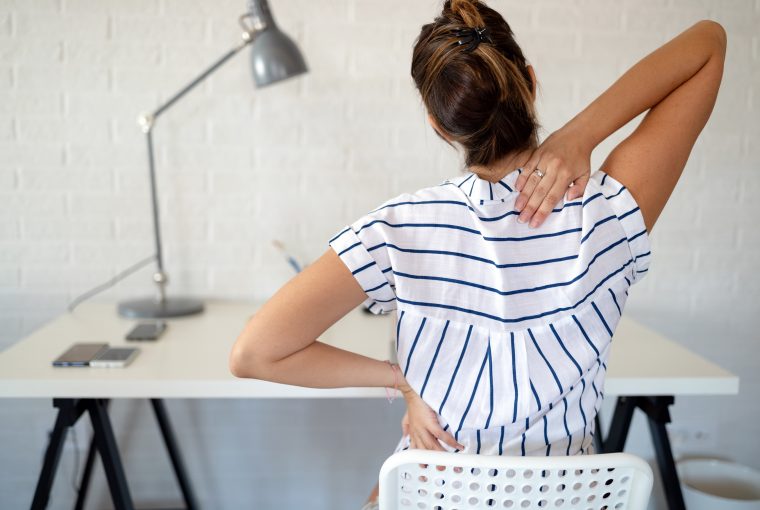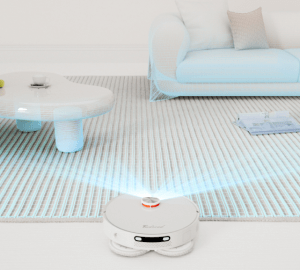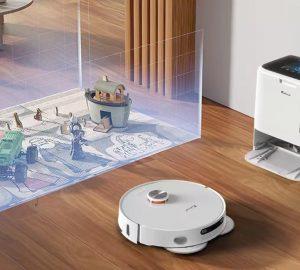When people think of an ideal body type, nobody thinks of their own reflection in a mirror. This is an unfortunate truth for many women. The internet, social media, advertisements we see all around us point us to the contrary. It is filled with images of perfectly posed women, alongside often conflicting statements on” how to lose fat”, next to “build your booty”. It can be a confusing and overwhelming world to try and navigate, and it is the first place people go when looking to find an answer. The dark side of this can breed unhealthy habits in our society, encouraging disordered eating habits, and excessive and often dangerous workout regimes. A huge portion of this information lacks tone and educational components on how to approach this.
There is an extreme cumulative condition called the Female athlete triad, and it is not just prone to athletes, that highlights these habits and their affects on the female body. It essentially is a combination of 1 or more of the following: disordered eating, amenorrhea (which is irregular or lack of menstrual cycles for 3 or more months) and osteoporosis. One of these three traits is detrimental in their own right, but each one has an affect on the other, and together can damage long term health. For anyone, let alone a young woman trying to figure out where to start, it can be intimidating. Wanting to be a part of this community, without noticing the signs and hazards that can come with doing it wrong. One of the most dangerous side affects that can come from this desire to look like these images is the risk of disordered eating, especially for those who are already vulnerable to these habits. The thought of being slim as “fit” outweighs the actual fact of it being unhealthy and detrimental to your body’s function. This may be a competitive athlete trying to maintain a physical shape, a ballerina maintaining the sports common standard to be small, or even someone reading a magazine and wanting to look like the unrealistic photoshopped image she sees.
On one tip of this triangle, irregular menstrual cycles also known as amenorrhea can be a risk. In an article by Nazem and Ackerman (2012), it is referenced that the prevalence of what is called secondary amenorrhea can be up to 69% more than the 2-5% of the general population. Secondary, being a result of over activity. This is common in activities with a high endurance/aerobic base, like running. The biggest risk of this is the disruption and decrease of estrogen production, which plays a big role in the formation and maintenance of bone density and strength.
With exercise, it is very important to fuel your body correctly to meet the new demands placed on it. Excessive activity, and dangerous workout schedules can make this difficult. Disordered eating more often than not can be a result of an eating disorder, or lack of proper education on how to adequately intake the correct amount of nutrients. The risk of dieting, eating less, cutting carbs, and so many things people try, especially when they are not properly educated or being guided by a nutrition specialist can often lead to not consuming enough calories to keep your energy levels up. Dangerous disorders can result from this as well, and the incessant need to look a certain way has been spoon fed to us for years, in front of us everyday on our screens and all around us. Without proper nutrient consumption, especially intake of calcium (And vitamin D which aids in calcium absorption) to maintain bone health, the results can be extreme exhaustion, low energy levels, and poor bone health (NCBI), which is the final link in this terrifying triangle. In an article by John Sunyecz (2008), it states that peak bone mass is achieved by age 30, which is why it is so important to keep up intake as a young adult. He also mentions that 99% of the body’s calcium is found in our bones and teeth, while the rest is in our extracellular fluid to help maintain cellular function, also known as plasma. He mentions that it is this calcium in the plasma that dictates the levels in our bones, because if the body senses a decrease in our extracellular fluids, it will start to seek out the source from our own bones, decreasing our bone strength. This is why proper consumption is so important, and leads to our final link in the triangle, Osteoporosis.
Osteoporosis is a decrease in bone mineral density, or BMD for short. When you think of osteoporosis, most people picture a commercial with an elderly lady sporting short perfect silver hair smiling in a park, or on a swing, but it is much more serious than that. Osteoporosis essentially is when our bones to become more porous or dense, causing them to be less strong. With a lack of strength in our framework, our bones become more prone to fractures and breaks, which will affect the ability to participate in activity. And the long term affects of this can be detrimental for our bone health. It is already a bigger risk in women, especially after menopause with the disruption of estrogen production, and loss of bone mass increasing every year after that. John Sunyecz (2008) references in his article that estrogen helps maintain bone density levels, without it, the body begins to increase bone resorption (your body starts absorbing bone mass), and decreases ability to absorb calcium which helps build bones.
Any way you look at it, this is a serious condition that can dramatically affect women long term. Though this has its name as it is more common in athletes, I have seen it myself how it can be a risk in the general population. The conversation needs to change in our society around health and exercising, or some of us will continue to get lost in translation, at the cost of our physical well being. We can’t continue to be overworking and underfeeding our bodies, or sticks and stones will literally break our bones.
Author Bio
My name is Katie Gebbink (Feland). I am 29 years old and am currently finishing up the Personal Fitness Trainer program at NAIT. I have been working in the rehabilitation industry as therapy assistant for years, and health and wellness has been a big part of my life for the past 10 years now. After 8 years as an assistant, I thought it was time to progress my career and move in a different direction in an area I am passionate about. I am happily married, born and raised in Edmonton, and love this community!




